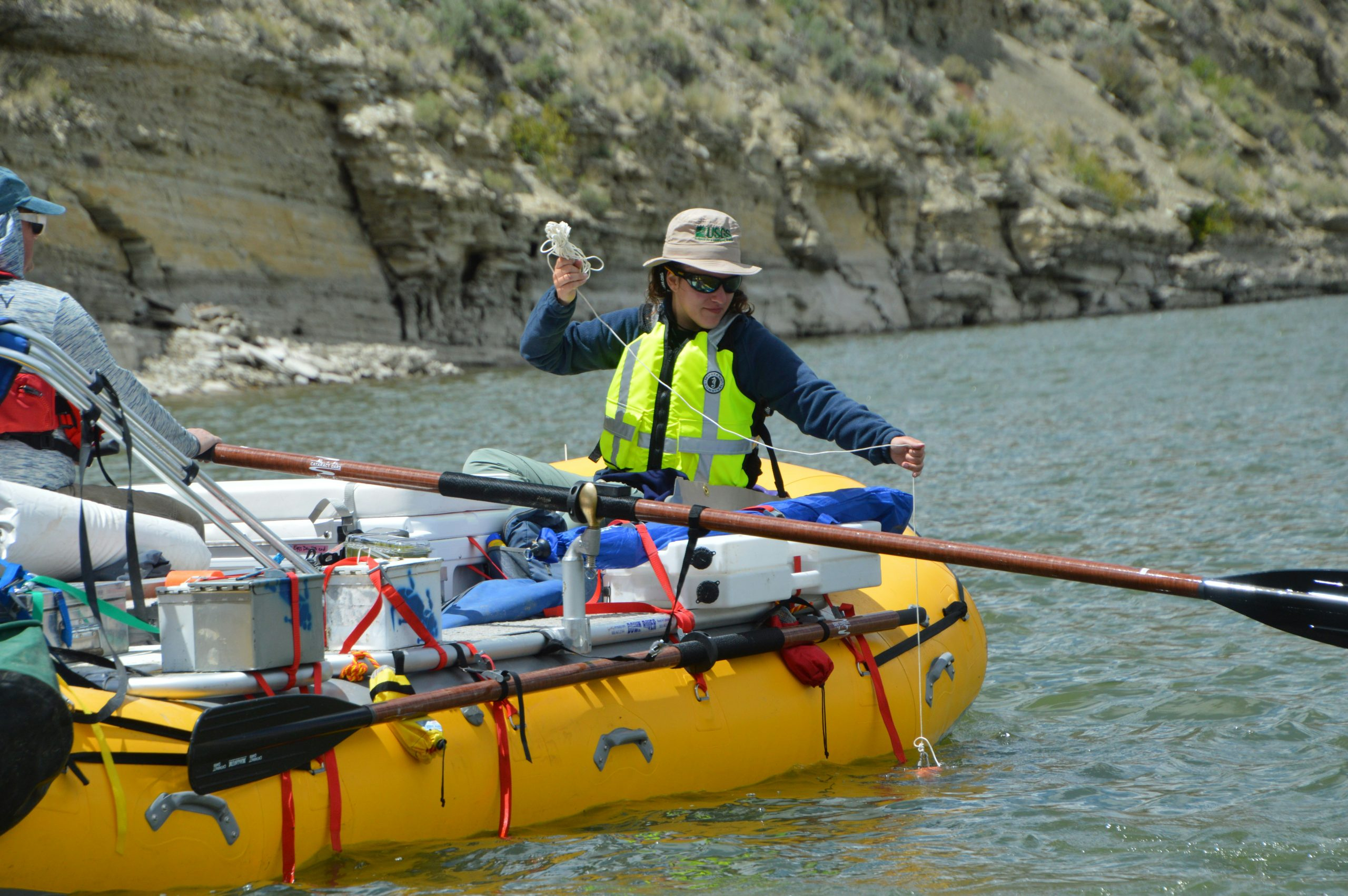The Geography of Emotions: How Different Landscapes Affect Our Inner World
Have you ever found yourself feeling more relaxed at the beach, or more contemplative in the mountains? Or perhaps you feel a sense of invigoration in a bustling city, or a deep sense of peace in a quiet forest. It’s no secret that different landscapes can evoke a variety of emotions within us. But have you ever stopped to consider the connection between the geography around us and our inner world? How exactly do different landscapes affect our emotions? In this article, we’ll explore the fascinating relationship between the geography of emotions and the impact it has on our psychological state.
The Impact of Landscapes on Our Emotions
From towering mountains to expansive beaches to dense forests, landscapes are an integral part of our surroundings. Our emotions are constantly influenced by our environment, and the geography around us is no exception. In fact, research has shown that different landscapes can elicit various emotional responses in individuals.
According to a study published in the Journal of Environmental Psychology, natural landscapes such as forests and parks are associated with positive emotions such as happiness and relaxation. These environments have a calming effect on our minds and bodies, reducing stress levels and promoting a sense of well-being. On the other hand, built environments like cities and urban areas are often linked to negative emotions such as anxiety and stress. The hustle and bustle of city life can be overwhelming, leading to feelings of unease and agitation.
It’s not just the type of landscape that affects our emotions, but also its features. For instance, open and expansive landscapes like deserts can make us feel small and insignificant, triggering a sense of awe and wonder. On the other hand, enclosed and confined spaces like caves or canyons can evoke feelings of fear and discomfort. Different landscapes can also stimulate specific emotions. For example, bodies of water such as oceans and lakes are often associated with feelings of tranquility and peace, while rocky terrains can invoke a sense of adventure and excitement.
The Role of Culture and Personal Experiences
It’s important to note that the impact of landscapes on our emotions is not universal. Our emotional response to a particular landscape is also influenced by our cultural background and personal experiences. Different cultures have different associations and perceptions of certain landscapes. For instance, for some, an open field may evoke a sense of freedom and liberation, while for others it may bring up feelings of vulnerability. Similarly, personal experiences such as childhood memories or significant events can also shape our emotional response to a certain landscape.
The Connection Between Our Mind and the Environment
The impact of landscapes on our emotions goes beyond just aesthetics. Studies have shown that there is a strong connection between our mind and the environment, known as the “psycho-geographical bond”. This bond refers to the emotional, psychological, and physiological connection we have with our surroundings. Our environment can influence our thoughts, feelings, and behaviors, and in turn, our emotions can also shape our perception of the environment.
One theory that explains this connection is the biophilia hypothesis, which suggests that humans have an innate affinity for nature. We have evolved to seek out and find comfort in natural environments, which is why they often have a positive impact on our emotions. This bond with nature has been shown to have numerous benefits on our mental health, including reduced stress, improved mood, and increased creativity and productivity.
The Importance of Environmental Psychology
Understanding the relationship between the geography of emotions and our inner world has significant implications for environmental psychology. It highlights the importance of creating and maintaining diverse and biophilic environments that cater to our emotional needs. For instance, urban planners can design cities that incorporate green spaces and natural landscapes to improve the well-being of its residents. Employers can also use this knowledge to create work environments that promote positive emotions and boost productivity.
In conclusion, the geography of emotions is a fascinating subject that highlights the impact of our surroundings on our inner world. Different landscapes evoke different emotions within us, and this is influenced by our cultural background, personal experiences, and the mind-environment connection. By understanding and harnessing this relationship, we can create environments that not only cater to our physical needs but also nurture our emotional well-being.










